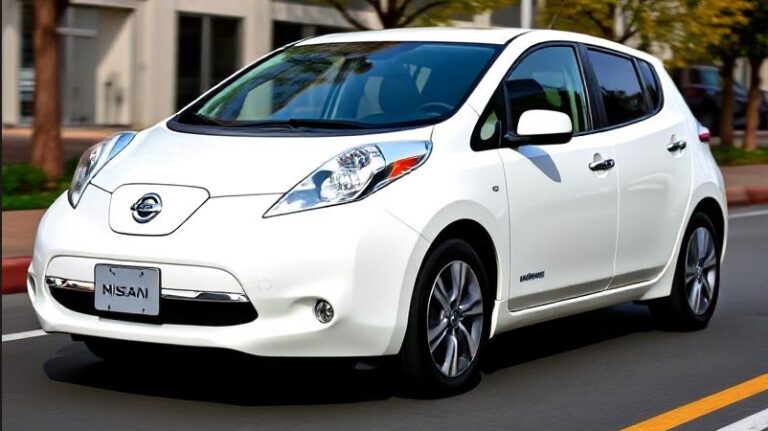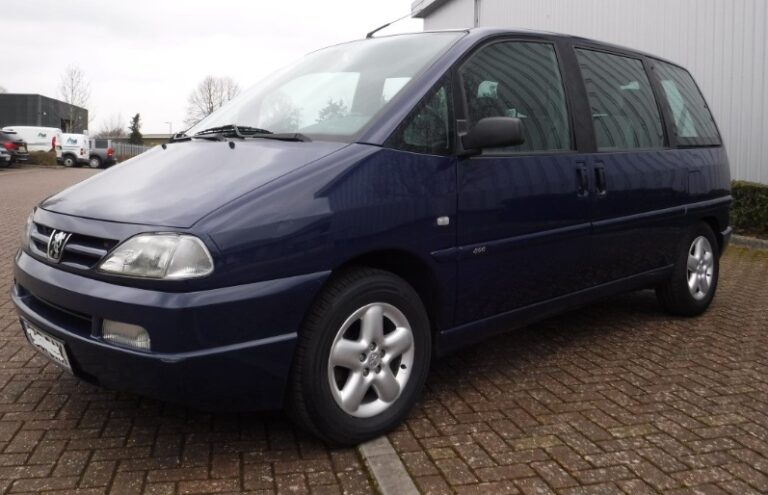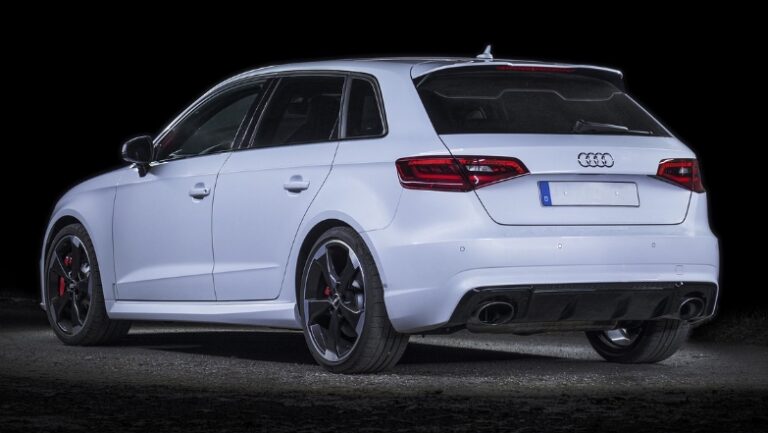The Evolution of the Mercedes-AMG SL-Class
The Mercedes-AMG SL-Class stands as an iconic line of luxury grand tourers that combine high-performance engineering with sophisticated design. Over the decades, the SL-Class has evolved through numerous generations, reflecting advancements in automotive technology, shifting design philosophies, and customer preferences. This article charts the history of the Mercedes-AMG SL-Class, covering its production timeline, notable models, and trim level variations.
Origins and Early Years (1952–1989)
The Mercedes-Benz SL Lineage Begins
The roots of the modern Mercedes-AMG SL-Class trace back to the original “Sport-Leicht” (Sport Lightweight) models introduced by Mercedes-Benz in the early 1950s. The first generation, known as the W198, debuted in 1952 with the iconic 300SL “Gullwing.”
- 1952–1957: Mercedes-Benz 300SL (W198)
- Models: 300SL Gullwing (C107 chassis)
- Notable features: Butterfly gullwing doors, direct fuel injection, and a 3.0-liter inline-six engine producing approximately 215 horsepower.
- Significance: The 300SL became a racing legend and a symbol of Mercedes-Benz engineering excellence. It was primarily a two-seater coupe, with a limited roadster variant introduced later.
- 1963–1971: Mercedes-Benz 230SL, 250SL, 280SL (W113)
- Models: 230SL, 250SL, 280SL “Pagoda”
- Features: Classic styling, soft-top convertible, and inline-six engines ranging from 2.3 to 2.8 liters.
- Impact: The Pagoda’s elegant design and refined performance cemented its status as a desirable luxury roadster.
- 1971–1989: Mercedes-Benz R107 Series
- Models: 350SL, 450SL, 560SL, among others.
- Features: V8 engines, luxurious appointments, and a focus on comfort.
- Legacy: The R107 was produced over an extended period, becoming one of the best-selling SL models and setting the stage for future performance variants.
The Modern Era and the Birth of AMG (1989–2001)
Mercedes-Benz and AMG Partnership
In the late 1980s, Mercedes-Benz partnered with AMG (Aufrecht, Melcher, and Großaspach), an independent tuning firm specializing in high-performance vehicles. AMG’s involvement marked the beginning of the high-performance SL variants.
- 1989–2001: R129 Series
- Introduction: The R129 generation debuted in 1989, featuring modern styling, technological advancements, and new engines.
- AMG Variants:
- SL 60 AMG (1993): Powered by a 6.0-liter V8 engine producing approximately 382 horsepower.
- SL 73 AMG (1998): Featured a 7.3-liter V12 engine producing around 525 horsepower, making it one of the most powerful cars of its time.
- Features: The R129 was available with various trims, including the standard 300SL, 500SL, and V12 models, with AMG-tuned versions offering significant performance enhancements. These AMG models became highly sought after for their combination of luxury and blistering speed.
The 2001–2011: R230 and the Introduction of the AMG SL Line
A New Design and Performance Focus
The sixth generation, R230, launched in 2001, marked a significant redesign emphasizing aerodynamics, comfort, and performance.
- 2001–2011: R230 Series
- Notable Models:
- SL 55 AMG (2002–2008): Featured a supercharged 5.4-liter V8 producing 493 horsepower.
- SL 65 AMG (2004–2011): Equipped with a twin-turbocharged 6.0-liter V12 generating 604 horsepower.
- Trim Levels: AMG variants were the flagship models, with the SL 55 and SL 65 offering top-tier performance. The SL 55 was known for its rapid acceleration and sporty handling, while the SL 65 was notable for its brute power and luxury.
- Special Editions: Limited editions such as the SL 65 AMG Black Series showcased track-oriented performance with lighter components and enhanced aerodynamics.
Key Technological Advancements:
- Introduction of active body control (ABC) suspension.
- Advanced infotainment and driver assistance systems.
- Use of lightweight materials for improved performance.
The Modern AMG SL-Line (2012–2020): R231 Generation
A Blend of Power and Elegance
The R231, launched in 2012, continued Mercedes-Benz’s tradition of combining luxury with high performance.
- 2012–2020: R231 Series
- Models and Trims:
- SL 350: Equipped with a 3.5-liter V6 producing around 302 horsepower.
- SL 400: Featured a 3.0-liter twin-turbo V6 (in some markets).
- SL 500: Powered by a 4.7-liter twin-turbo V8 with approximately 449 horsepower.
- SL 63 AMG: Equipped with a 5.5-liter twin-turbo V8 producing 577 horsepower.
- SL 65 AMG: Featured a 6.0-liter twin-turbo V12 with 621 horsepower.
- Performance Features: The AMG variants boasted sport-tuned suspension, aggressive styling cues, and high-performance braking systems.
- Special Editions: Limited models such as the SL 65 AMG Final Edition celebrated the end of the R231’s production run with unique styling and features.
Design and Technology Highlights:
- Retractable hardtop roof, transforming the car from coupe to convertible.
- Advanced safety systems, including active lane assist and adaptive cruise control.
- Enhanced infotainment with high-resolution displays and premium audio systems.
The Current Era and the Introduction of the Mercedes-AMG SL (2022–Present)
A New Chapter: The Mercedes-AMG SL (R232)
In 2022, Mercedes-Benz introduced the latest generation of the SL-Class, now branded as Mercedes-AMG SL, emphasizing cutting-edge technology, electrification, and a luxurious yet sporty design.
- 2022–Present: R232 Series
- Design: Sleek, modern aesthetics with a focus on aerodynamics and luxury.
- Powertrain Options:
- SL 55 AMG: Mild-hybrid V8 with 4.0-liter twin-turbocharged engine, producing approximately 469 horsepower.
- SL 63 AMG: Similar V8 with hybrid assistance, delivering around 577 horsepower.
- SL 73 AMG (Rumored/Expected): Potential high-performance hybrid variant with over 800 horsepower.
- Trim Levels: Multiple trims focusing on performance, luxury, and advanced driver assistance.
- Technology: Incorporates the latest Mercedes-Benz MBUX infotainment system, active aerodynamics, and semi-autonomous driving features.
Key Innovations:
- Mild-hybrid technology for improved efficiency and performance.
- Retractable hardtop with enhanced acoustic insulation.
- Advanced driver-assistance systems, including active steering and adaptive suspension.
.
RepairSurge Online Repair Manuals Replace Bulky Books With Reliable Digital Information!
Faster And Cheaper Than Traditional Printed Manuals, Users Get Instant Access To The Repair Information They Need For Any Car, Truck, Van or SUV:
.
Summary and Legacy
The Mercedes-AMG SL-Class has evolved from its origins as a lightweight racing sports car to a pinnacle of luxury and high-performance grand touring. Throughout its history, it has offered a range of models and trims tailored to different tastes—from the classic, elegant roadsters of the 1950s and 1960s to the blisteringly fast, technologically advanced models of today.
Key Milestones:
- 1952–1957: Mercedes-Benz 300SL Gullwing, iconic and revolutionary.
- 1963–1971: Pagoda series, refined and elegant.
- 1971–1989: R107, long-lasting and popular luxury cruiser.
- 1989–2001: R129, modern styling with AMG high-performance models like the SL 73 AMG.
- 2001–2011: R230, technological advancements, and powerful AMG variants.
- 2012–2020: R231, convertible hardtops, and high-performance AMG models.
- 2022–present: R232, incorporating electrification, advanced tech, and modern luxury.
The evolution of the Mercedes-AMG SL-Class reflects broader trends in automotive engineering—combining performance, comfort, safety, and technological innovation. Its models and trim levels have continually adapted to meet the demands of enthusiasts and luxury buyers worldwide, maintaining its status as an automotive icon.







